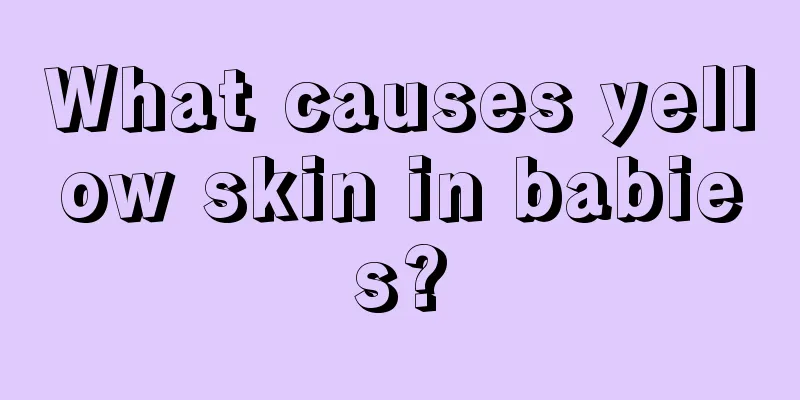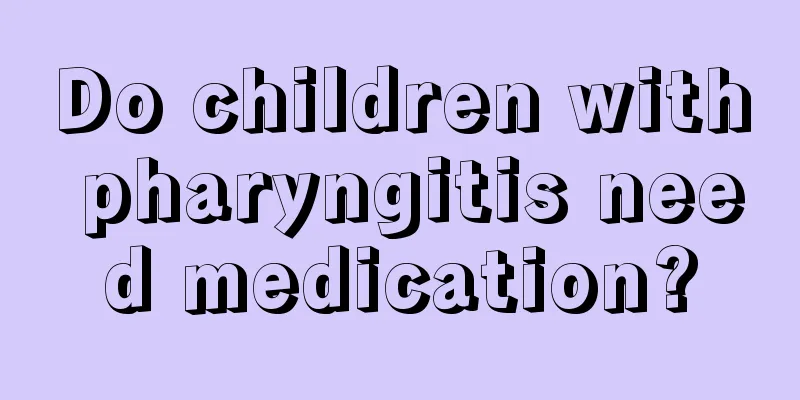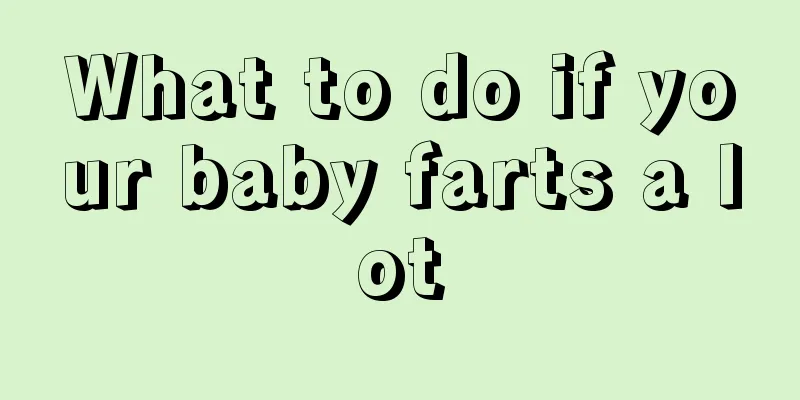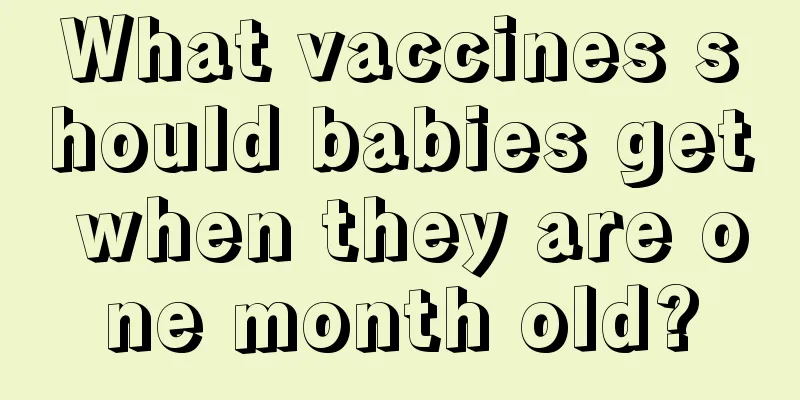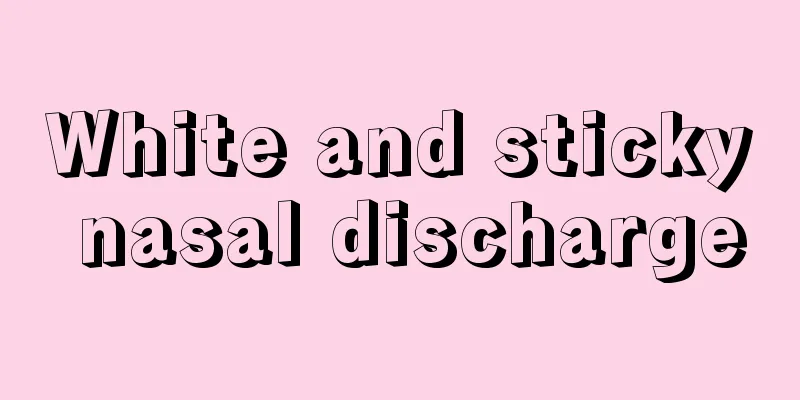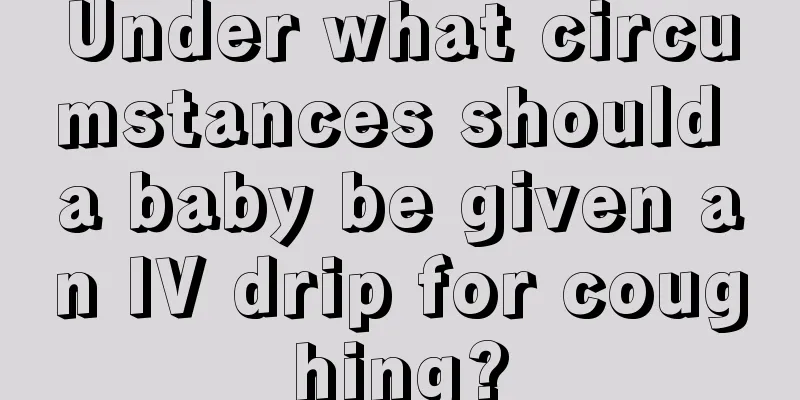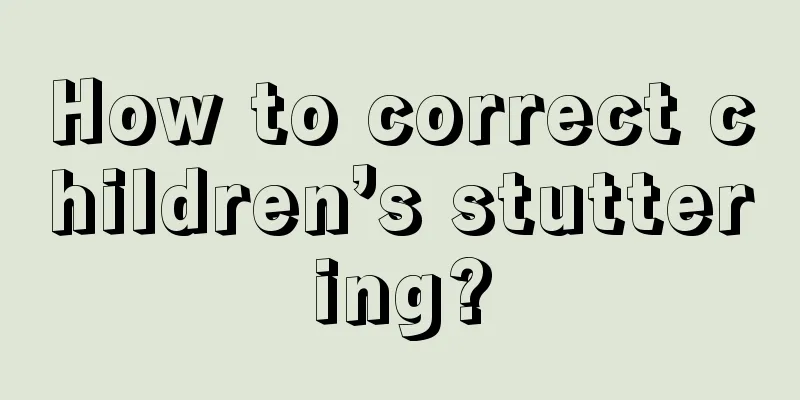Postural manifestations of sequelae of cerebral palsy in children
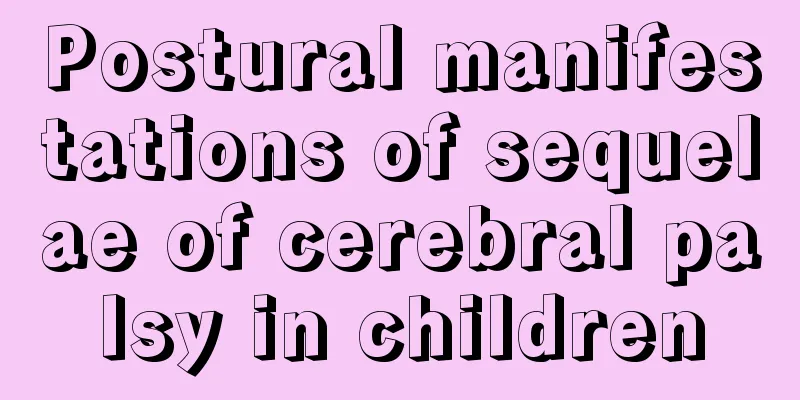
|
Cerebral palsy in children can cause serious harm to the children's intellectual development and physical growth. Therefore, many parents want to fully understand the postural manifestations of the sequelae of cerebral palsy in children. The following content will give many parents a detailed introduction to the postural manifestations of the sequelae of cerebral palsy in children. If parents want to fully understand it, they can learn about it as soon as possible. Some children show obvious abnormal posture when lying still, while others show obvious abnormal posture when exercising. Abnormal postures at rest include tension neck reflex posture, opisthotonos posture, hemiplegia posture, etc.; abnormal postures during movement include Choreogenic athetosis and torsion spasm, spastic paraplegic gait, cerebellar ataxia gait, etc. 1. Tonic neck reflex posture: When the position of the head changes, it affects the changes in limb muscle tension and eye position. It is divided into symmetrical tonic neck reflex posture and asymmetrical tonic neck reflex posture. Asymmetric tonic neck reflex posture appears in the newborn about 1 week after birth, is dominant for 2 to 3 months, and then gradually disappears under the control of the upper centers. If it persists 3 months after birth, it is abnormal; if the symmetric tonic neck reflex posture still exists 6 months after birth, it is abnormal. 2. Hemiplegic posture: Children often show movement of one side of the limbs while the other side is disabled, with obvious asymmetry between the left and right limbs. 3. Opisthotonos posture: The child shows increased muscle tone in the limbs and dorsiflexion of the head. 4. Choreogenic athetosis: The child exhibits involuntary movements, which often appear continuously in the form of dancing or twisting. The movement appears continuous and loose, with large amplitude and uncontrollable. 5. Ataxic gait: Children have a drunkard's gait. They often cannot maintain a fixed posture. When standing, they must constantly adjust to maintain the standing posture. 6. Others: Children after 2 months still have clenched fists, their upper limbs are in internal rotation, and their lower limbs are rigidly extended, crossed, and toes pointed. Some children have no obvious abnormal posture when they are at rest, but when the examiner suddenly supports the child under the armpits and places the soles of the feet on the bed, it can be seen that the child's lower limbs are adducted and crossed, while both upper limbs are adducted and internally rotated. Children over 6 months old are still unable to assume a normal sitting posture, but instead display special abnormal sitting postures, such as leaning forward, leaning backward, etc. I believe that many parents have fully understood the postural manifestations of the sequelae of cerebral palsy in children through the above introduction. Therefore, after fully understanding it, in order to minimize the sequelae of cerebral palsy in their children, they must carry out effective rehabilitation exercises and correct treatment to minimize the sequelae of cerebral palsy in their children after the above understanding. |
<<: What should I do if my newborn has white spots on his face?
>>: What is the normal frequency of bowel movements for newborns?
Recommend
Can babies eat seaweed?
When babies reach a certain age, they need to add...
What to do if baby teeth don't fall out
Many parents will find that their children’s baby...
What is the correct way to massage a child's spine?
Parents always pay great attention to their child...
What kind of exercise should children do?
Now with the improvement of living standards, peo...
How to solve the problem of a five-year-old baby grinding his teeth at night
The problem of five-year-old babies grinding thei...
Why is the baby's hair less?
Hair, which has a great impact on one's appea...
What are the treatments for oral ulcers in children?
In daily life, it is common for children to suffe...
Why do newborn babies have black lips?
The black lips of a newborn may be due to lack of...
Is it good for children to take probiotics?
Probiotics are delicious for children, but they a...
Is it harmful to the baby if he is vaccinated when he has a cold?
When babies reach a certain age, they need to be ...
What to do if your baby has scalp hematoma
It is a common condition for babies to have hemat...
How to treat spina bifida in babies?
The human skeleton is very important. Once there ...
9 principles for using air conditioning on children in hot weather
As the weather gets hotter in summer, whether or ...
My child seems to have phlegm in his throat. What should he eat?
Generally speaking, coughing and sputum are sympt...
The harm of tics to children's health
Children's physical health is an issue that p...


